1 Triton Square
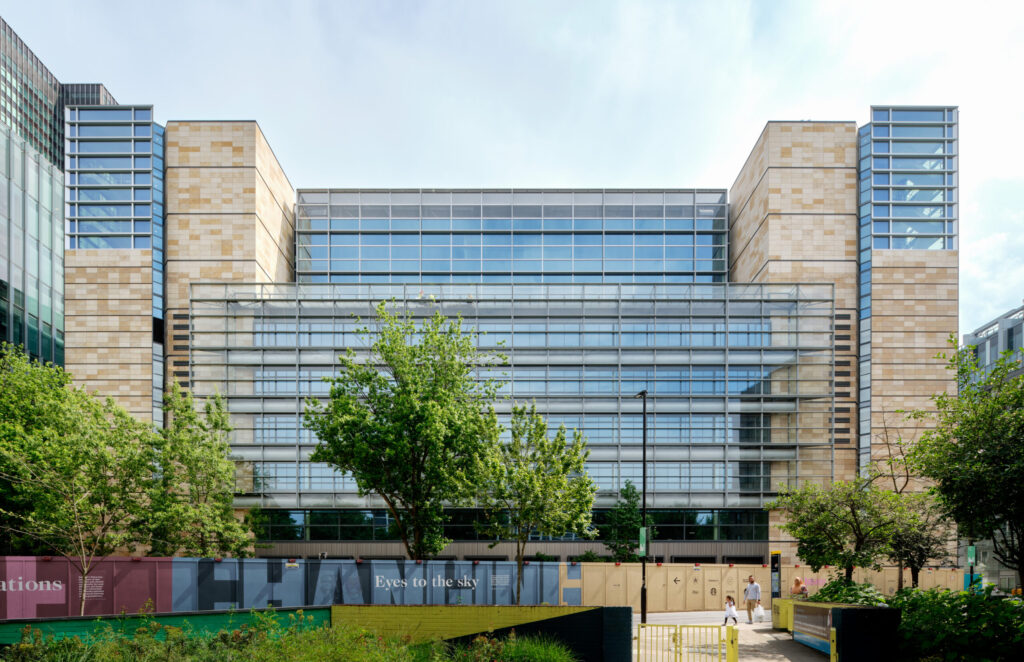
Key Sustainability Objectives/ Outcomes
British Land set high sustainability aspirations for 1TS through their Sustainability Brief for Developments. Arup and the team drove for the required BREEAM ‘Excellent’ rating to be increased to a high ‘Outstanding’ to reflect the sustainability of the project.
With a score of 92.5% at design stage and a target of 93.5% at post-construction stage, 1TS scores well across all BREEAM categories. As a project with retained elements, it is particularly of note that it scores well in the Energy, Materials and Waste categories, as well as Innovation.
More broadly, 1 Triton Square exceeds the ambitious carbon reduction targets set by the UK Climate Change Act, which are required to meet the UK’s commitment to the Paris Climate Agreement – one of the only commercial buildings across the whole of the UK to do so.
Notable Approaches And Solutions
By keeping as much of the existing façades and superstructure as possible, while adding three extra floors and doubling the lettable area of the offices, the 500,000 sqft building will achieve a 55% carbon saving in construction and operation versus a typical new build alternative.
One of our many marginal gains was to locate the extended stair cores outside the building’s thermal line because the environmental performance of the original stair core was poor. This has greatly improved energy performance and reduced the anticipated heating costs. We have achieved game-changing circular economy outcomes by using early supply chain collaboration for the successful removal, refurbishment and reinstallation of over 3,000sqm of façade.
Another outcome was the invention of a process for SME suppliers to create Lifecycle Carbon Assessments for two of their products where no such data or resource existed before. They can now produce EPD’s for application on other projects.
Lessons Learnt
- At the outset of the project, we were able to access a large body of own design data for the original building design from our archive. This was invaluable in developing the architectural and engineering design with certainty and without unnecessary contingency. Despite this we still encountered a number of unexpected issues on site ranging from as-built arrangements that didn’t match record information or below design strength materials. As a result we now carry out more detailed on site investigations and testing at the early stages of projects to ascertain the as-built condition of the building to reduce risk and costs.
- Challenge assumptions: Assumptions in the carbon calculation tool used are unable to include mechanical and electrical replacement cycles in module B. The tool also was not well adapted to cope with elements of circularity, such as reusing substantial components of the building and the use of cement replacement at different levels (as it has set percentages for cement replacement which did not match those used on project); these assumptions had to be adapted for the tool to provide accurate calculations.
- Be flexible: The client switched contractors to one willing to collect data that would enable verification of the carbon savings that needed to be achieved on this project.
- Collaborate: the design team collaborated with the client to reduce the extent of the structural works to an absolute minimum by undertaking in-depth design studies which allowed for the re-use of most of the existing structural frame.
* This project is included in the “How circular principles impact Carbon and Value” report.

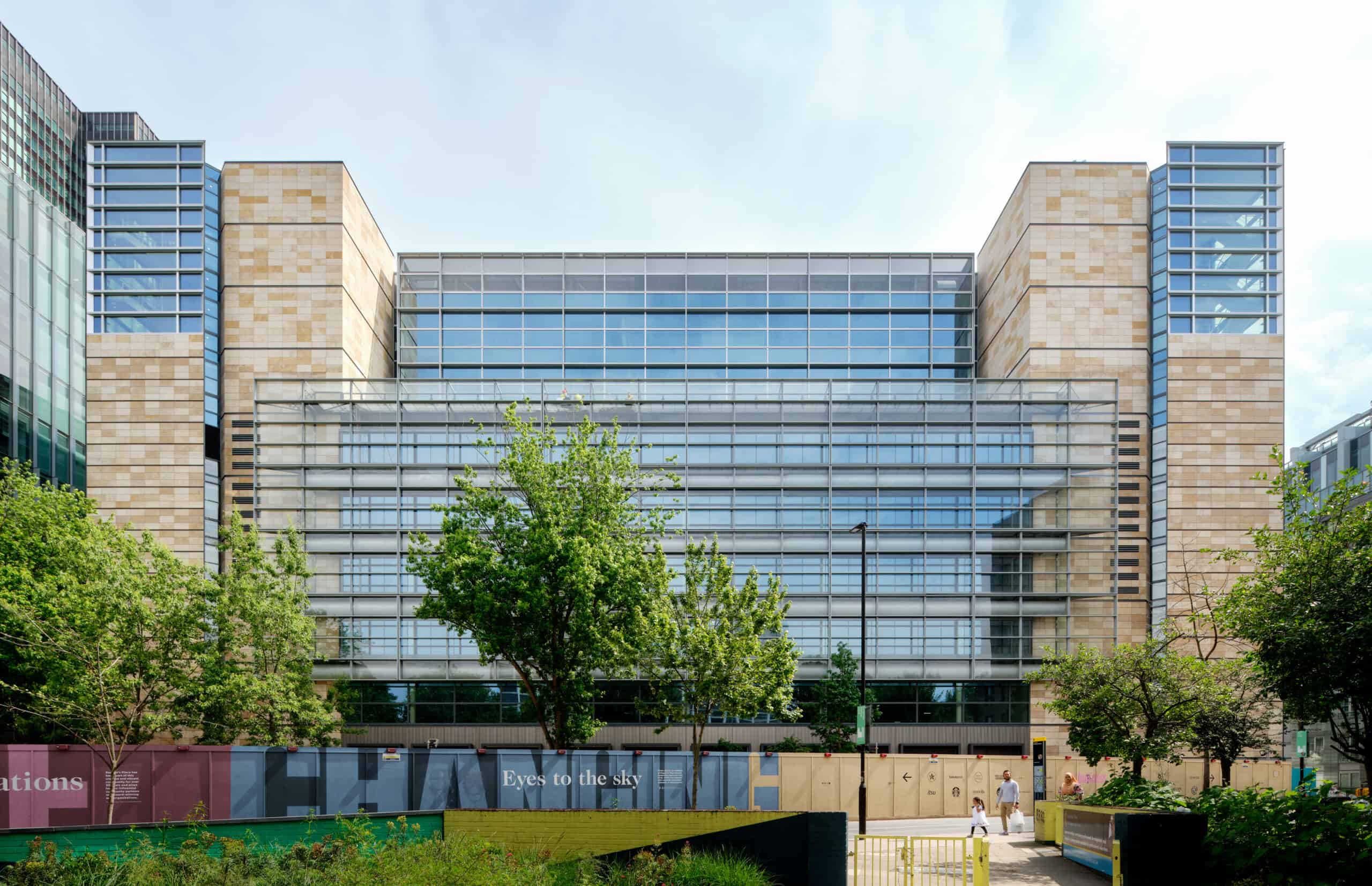
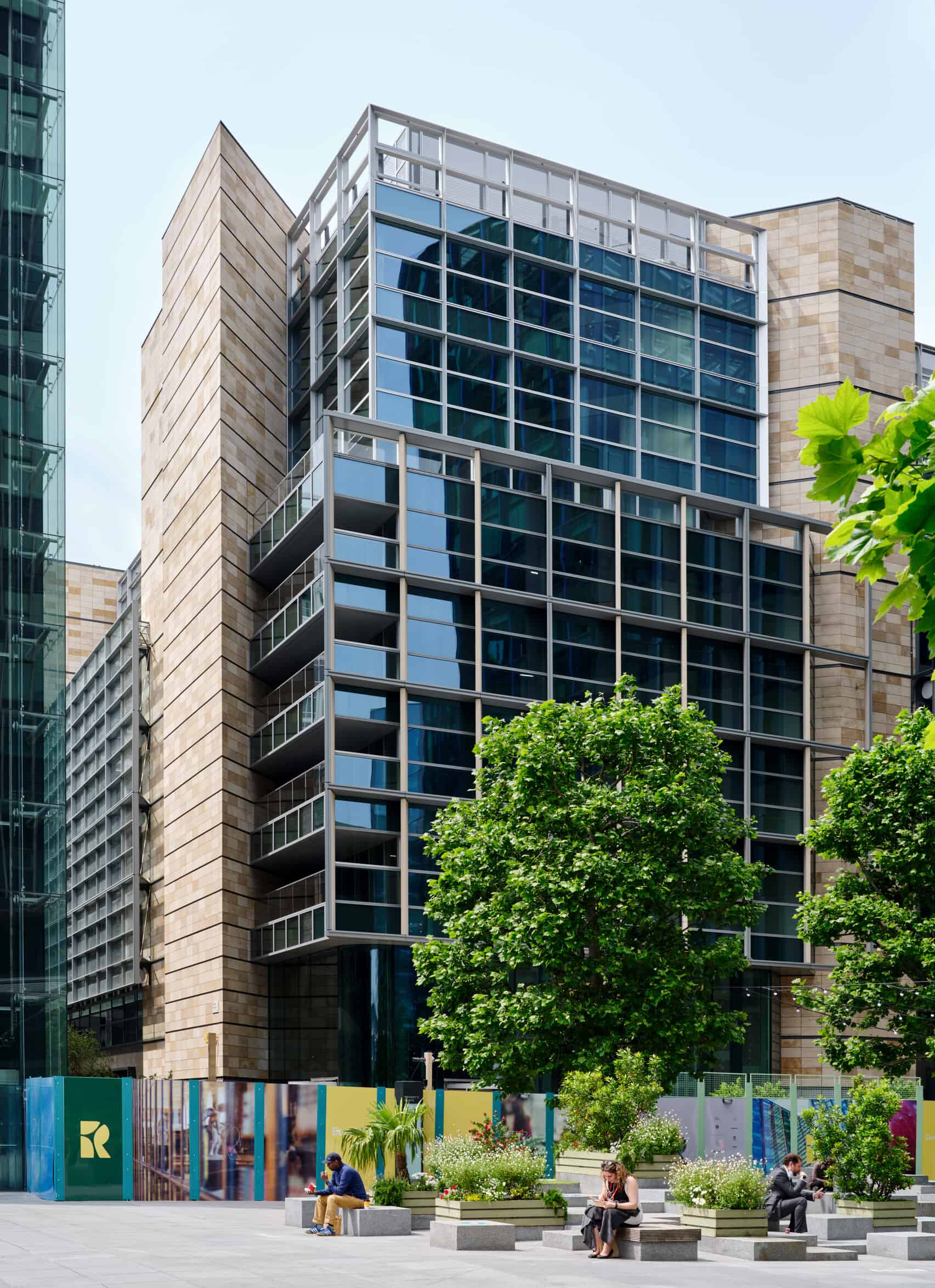
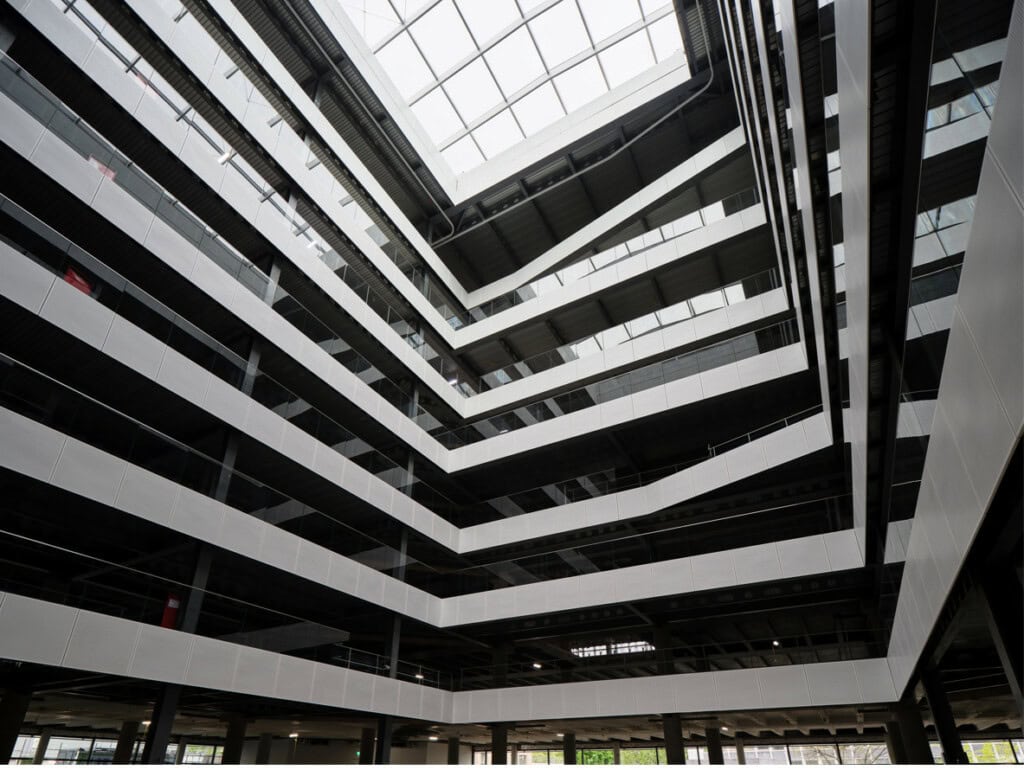
Related members
Related
The Enterprise Centre
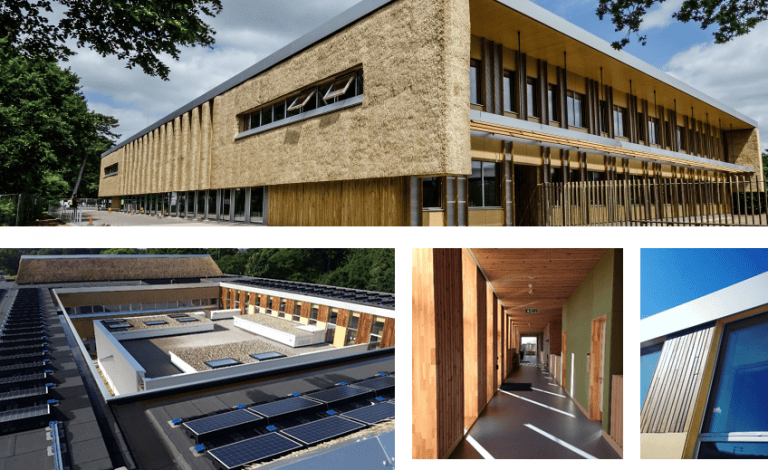
JLL – Manchester office fit-out
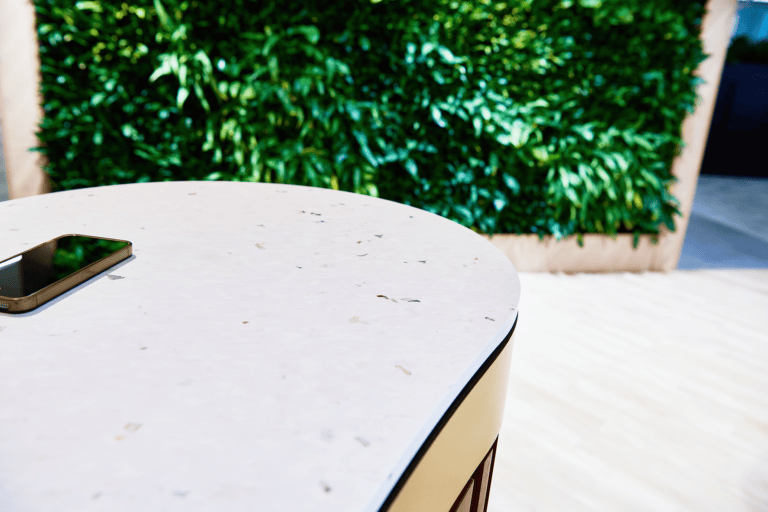
Roots in the Sky
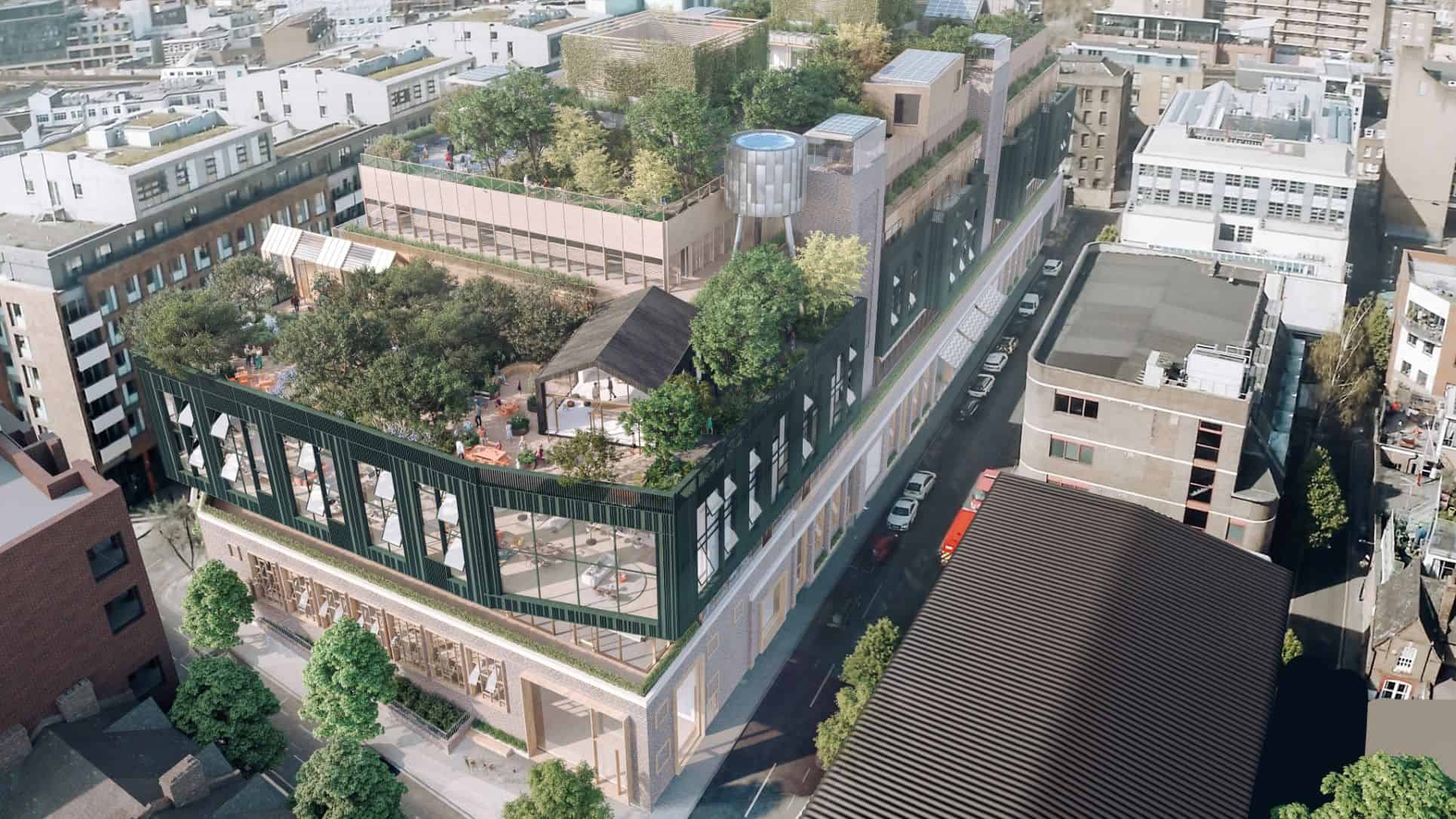
Automated Construction Project – The Forge, Bankside





